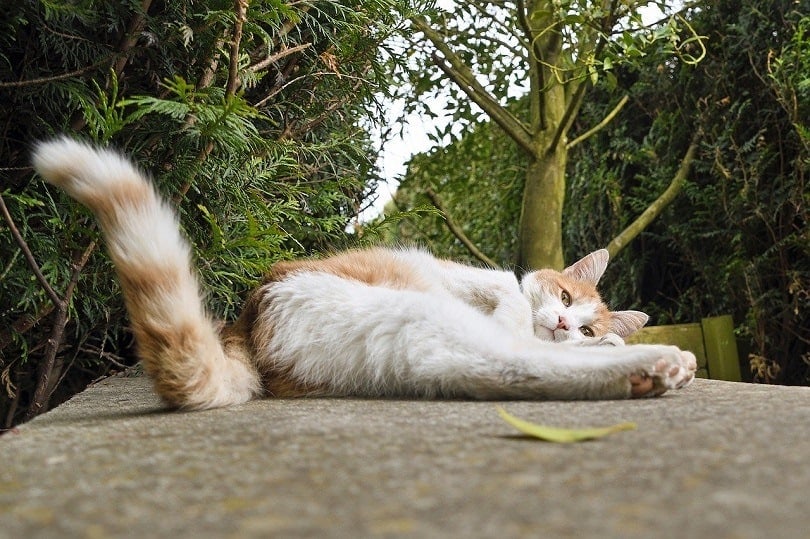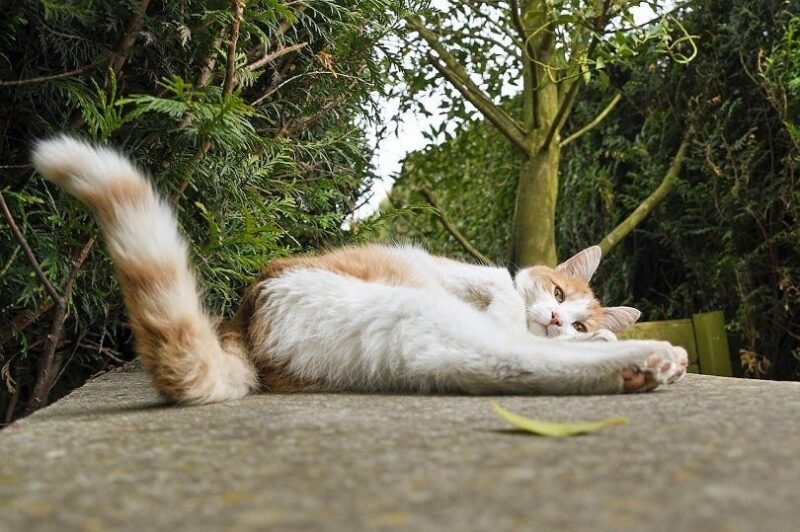If you’ve ever owned a cat, you’ve probably noticed that they sometimes thump their tail while lying down. Usually, this is nothing to be concerned with, as cats do “wag” their tails while lying down for various reasons. However, you still might be wondering why your cat is thumping its tail. Just what does it mean? Let’s take a look at a few potential reasons behind this behavior.
The 6 Reasons Why Cats Thump Their Tails When Lying Down
1. Cat Is Saying Hello
If you’ve just walked into the room and your cat starts wagging the tip of its tail while lying down, it could be a greeting without your cat needing to get up. There are several ways your cat can greet you, but most require getting up. For example, head rubbing is often a “hello” signal, as is an elevated tail.
However, while lying down, your cat can do none of these things. Therefore, they begin to wag their tail. They may not decide to get up for all sorts of reasons. Perhaps they are entirely comfortable, or they may not assume that you aren’t going to stay around for long. Or, in typical cat fashion, they expect you to come to them.
If your cat is looking at you and seems relaxed, this is likely why they are thumping their tail on the ground.
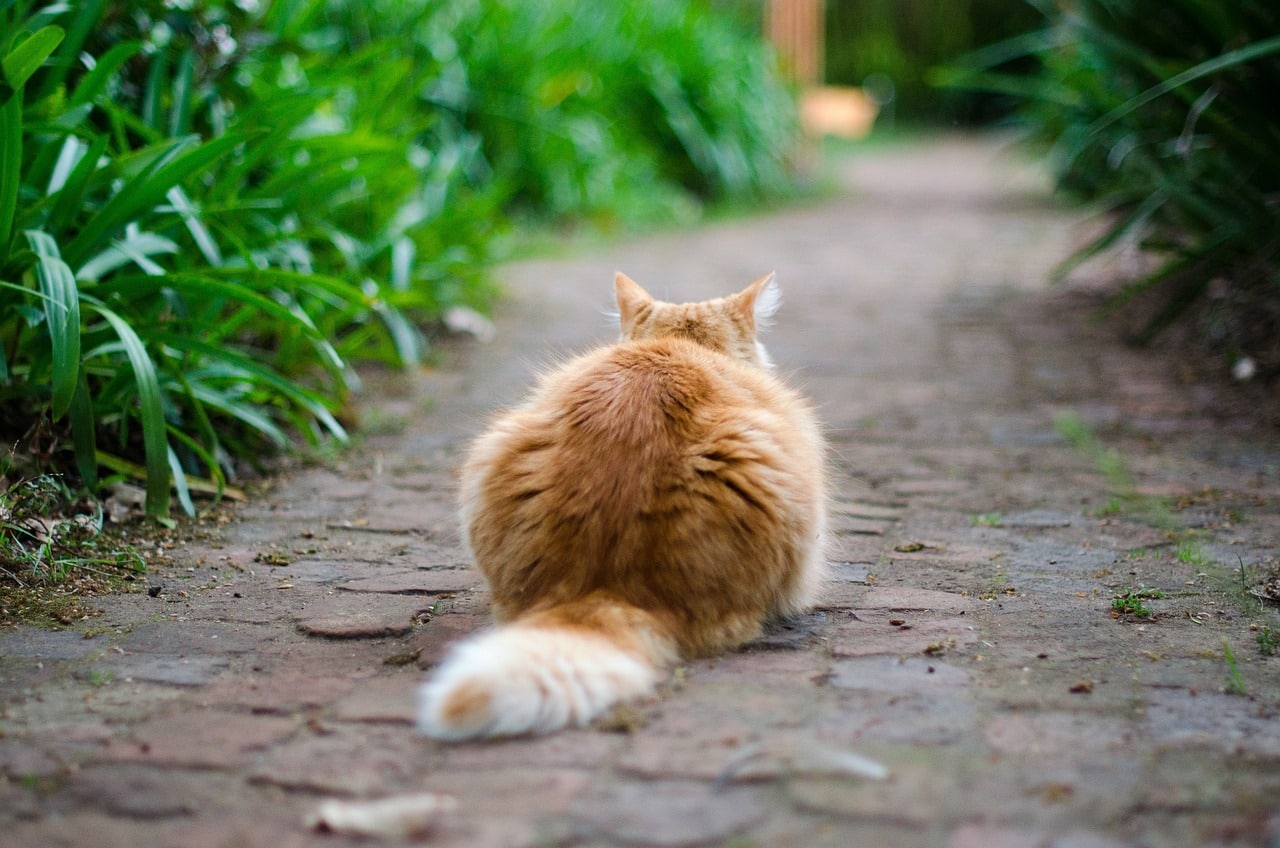
2. Cat Is Relaxed
Tail thumping may be a sign of contentedness, especially if the cat doesn’t seem interested in anything in particular. If you’re petting the cat and they’re gently thumping their tail against the ground, it’s a sign of their enjoyment.
However, don’t always assume that a wagging tail means the cat is content when you pet them. As we’ll discuss, tail thumping can also be a sign of aggression and frustration. The tail wagging could easily mean that your cat is frustrated or not interested in the current attention they are receiving. Purring can also be confusing since it can signal that your cat is agitated or in pain.
Either way, you’ll need to pay attention to other body signals your cat displays to determine why they’re wagging their tail.
3. Cat Is Feeling Frustrated
If a cat’s tail is swishing around widely while they’re lying down, it’s a sign that it may be a bit frustrated. Petting them could result in an unhappy scratch or your cat fleeing from the scene. They’re not much in the mood to cuddle.
Cats can feel frustrated for all sorts of reasons. Perhaps you woke them up, or maybe they’re just grumpy today. Sometimes, we can locate the source of our cat’s frustration and help fix it, but other times we cannot. This isn’t necessarily a sign that our cats are frustrated with us. Just like people, all cats will get frustrated at some point. Their tail thumping is simply a way for them to show it.
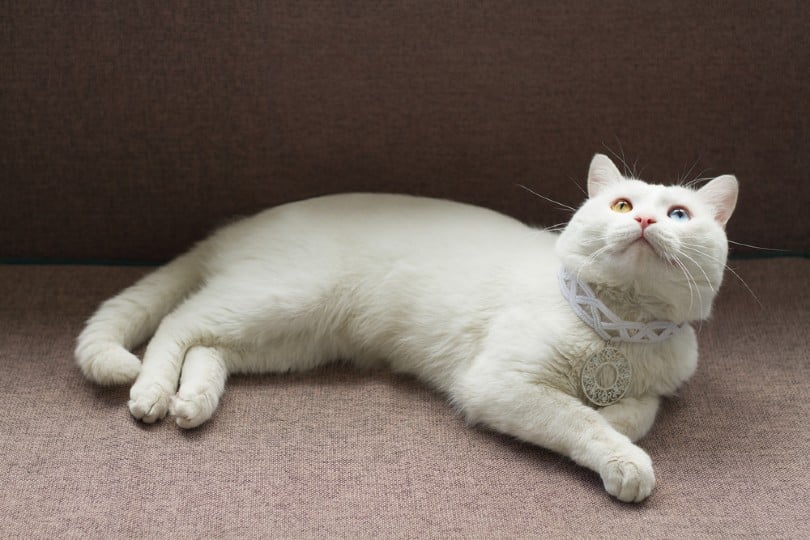
4. Cat Wants to Play
If the cat is lying on its stomach and wagging its tail, it could be about to pounce. Many cats will wag their tail as a sign that they want to play, and sometimes this causes their tail to thump on the ground. Don’t be surprised if your cat leaps a few moments later.
Usually, you can tell a cat wants to play because its pupils will enlarge, and they will be too concentrated on whatever they’re “stalking.” They may even chatter. Cats will also wiggle their bottom and shift their weight around to find their balance before leaping. Now is the time to break out the cat toys.
Our Favorite Cat Toys Right Now Here are a some of our favorite toys, each catering to a variety of senses and play preferences. Which one will your feline fancy? At Catster, we've admired Hepper for many years, and decided to take a controlling ownership interest so that we could benefit from the outstanding designs of this cool cat company!
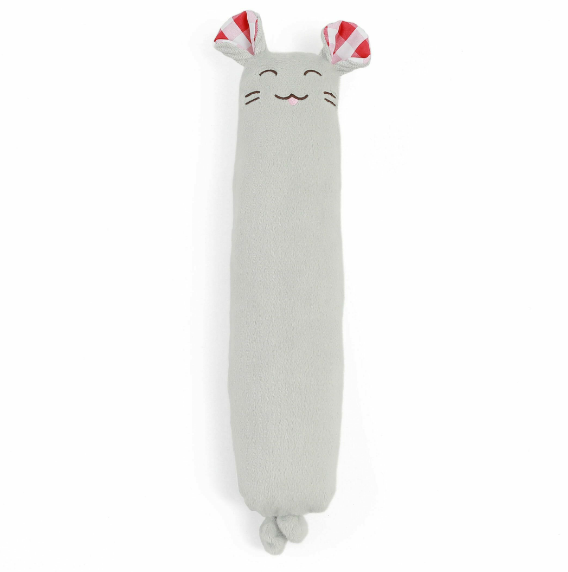
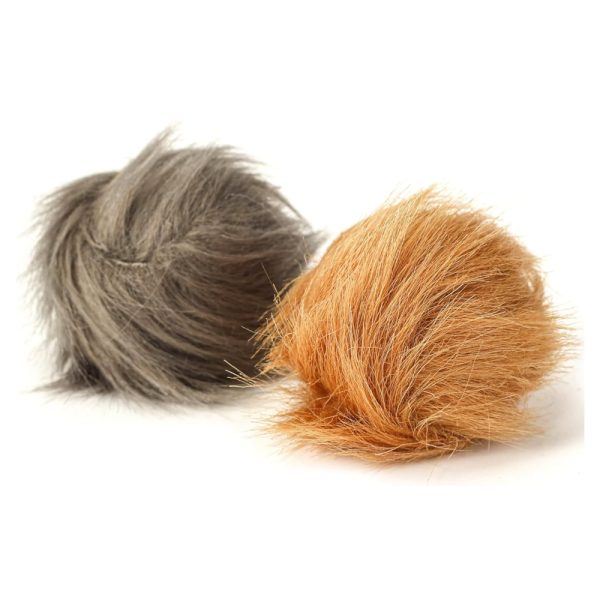
Hepper Plush Mouse Kicker Toy
Hepper Furball Toy Set
Multisensory
Encourages self play
Large
Durable
Lightweight
Set of 2
5. Cat Is in Pain
Another reason why cats wag their tails while lying down is because they’re in pain. Cats are very good at hiding their pain and diseases and don’t want anyone to notice that they are vulnerable to attack. Typically, this sort of tail movement is sudden and doesn’t appear to be related to anything happening. It’s an involuntary, reflex action.
You’ll want to look for other signs that your cat may be in pain. These include lethargy, struggling to get comfortable, hiding, aggression, and a change in appetite. These are signs that something is off, and you may want to take your feline to the vet.
Be aware that tail movements can also seem jerky and random. However, in those situations, the cat is concentrated on something. If they are in pain, they may or may not be looking at anything in particular.
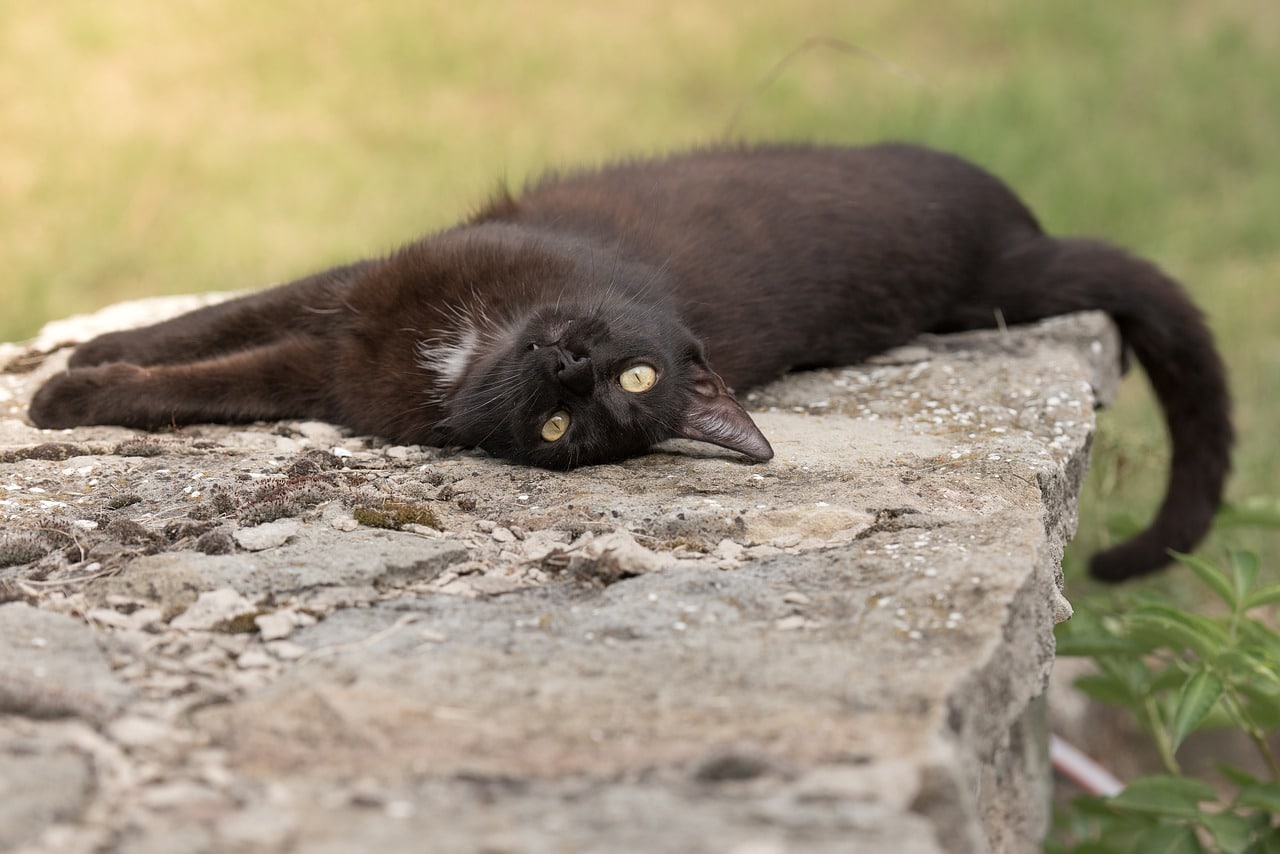
6. Cat Is Asleep
Alternatively, if they appear asleep except for wagging the tip of their tail while lying down, they could be completely unconscious. Cats can sometimes move in their sleep. Usually, it doesn’t involve any significant movements. Instead, it is only small things, like their tail. If your cat seems zonked out and suddenly starts moving their tail, they are likely just dreaming.
Cats sleep away the majority of the day, so finding a bed that's supportive, warm and secure is key. Most cats find the modern design of the Hepper Nest Bed irresistible, making it a practical option if you're looking for a rest spot your cat will use consistently. It's supportive and caters to felines of all ages, sizes and ailments. The portability means that your cat can nap wherever you go - your desk, couch, side table or even your bed. Learn more about the heavenly Nest here.
At Catster, we’ve admired Hepper for many years and decided to take a controlling ownership interest so that we could benefit from the outstanding designs of this cool cat company!
Additional Information:
Conclusion
So, why do cats thump their tails? It can be for several reasons so you’ll have to look at the circumstances and your cat’s other body cues to determine exactly why. Truthfully, tail thumping is a pretty standard thing cats do, so it isn’t always the most accurate way to tell what your feline is feeling. You can use the other clues your cat is giving you, which may provide you with some helpful information.
When your feline starts wagging its tail, pay attention to its environment and other body movements (or lack thereof).
Related Reads:
- How to Get Your Cat to Drink More Water – 14 Effective Tips Approved By Our Vet!
- Why Did My Cat Throw Up Clear Liquid? 10 Likely Reasons
Featured Image Credit By: christels, Pixabay

